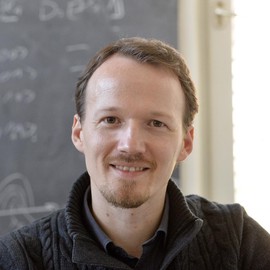Stabilizing Gauge Theories in Quantum Simulators: A Brief Review
Abstract
Quantum simulation is at the heart of the ongoing ‘‘second’’ quantum revolution, with various synthetic quantum matter platforms realizing evermore exotic condensed matter and particle physics phenomena at high levels of precision and control. The implementation of gauge theories on modern quantum simulators is especially appealing due to three main reasons: (i) it offers a new probe of high-energy physics on low-energy tabletop devices, (ii) it allows exploring condensed matter phenomena that are prominent in gauge theories even without a direct connection to high-energy physics, and (iii) it serves as a banner of experimental benchmarking given the plethora of local constraints arising from the gauge symmetry that need to be programmed and controlled. In order to faithfully model gauge-theory phenomena on a quantum simulator, stabilizing the underlying gauge symmetry is essential. In this brief review, we outline recently developed experimentally feasible methods introduced by us that have shown, in numerical and experimental benchmarks, reliable stabilization of quantum-simulator implementations of gauge theories. We explain the mechanism behind these linear gauge protection schemes, and illustrate their power in protecting salient features such as gauge invariance, disorder-free localization, quantum many-body scars, and other phenomena of topical interest. We then discuss their application in experiments based on Rydberg atoms, superconducting qubits, and in particular ultracold neutral atoms in optical superlattices. We hope this review will illustrate some facets of the exciting progress in stabilization of gauge symmetry and in gauge-theory quantum simulation in general.

